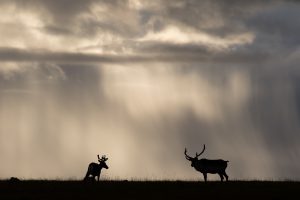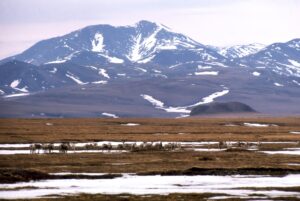
Wildlife
Caribou are vanishing at an alarming rate. Is it too late to save them?
After more than a million years on Earth, the caribou is under threat of global extinction. The precipitous decline of the once mighty herds is a tragedy that is hard to watch — and even harder to reverse.
- 4559 words
- 19 minutes







